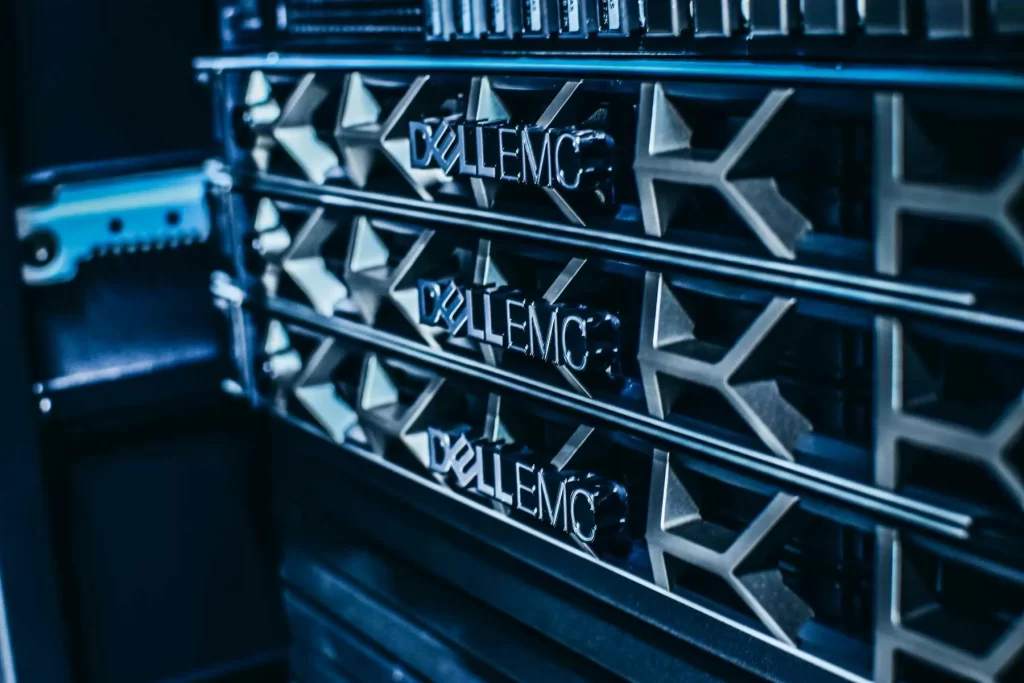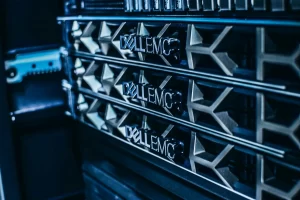The paper, available at https://www.usenix.org/system/files/conference/hotpower14/hotpower14_narayanan.pdf delves into various power supply architectures.
The core conclusion is that a shared energy pool is optimal, and the composition of this pool should align with the specific usage patterns (leaning more towards demand response (DR) or power backup (PB)). Furthermore, the utilization of the energy pool should primarily be guided by an organization’s risk preferences and risk tolerance.

Key takeaways from this paper include:
Battery Costs: If traditional battery systems are incorporated into the energy pool, the total cost of ownership (TCO) must account for battery replacements, second-life battery utilization, and potential battery consistency issues. For batteries participating in DR programs, degradation costs should be a primary concern.
Energy Pool Capacity: The capacity of the energy pool should accommodate the total energy demand for both PB and DR scenarios. This total demand should consider several components: switchover capacity (DR), short-term supply capacity (eco-PB), and long-term supply capacity (PB).

Cost Models: While the paper provides some cost models, they may not be very practical as battery, capacitor, and flywheel costs have changed significantly over the past decade.





